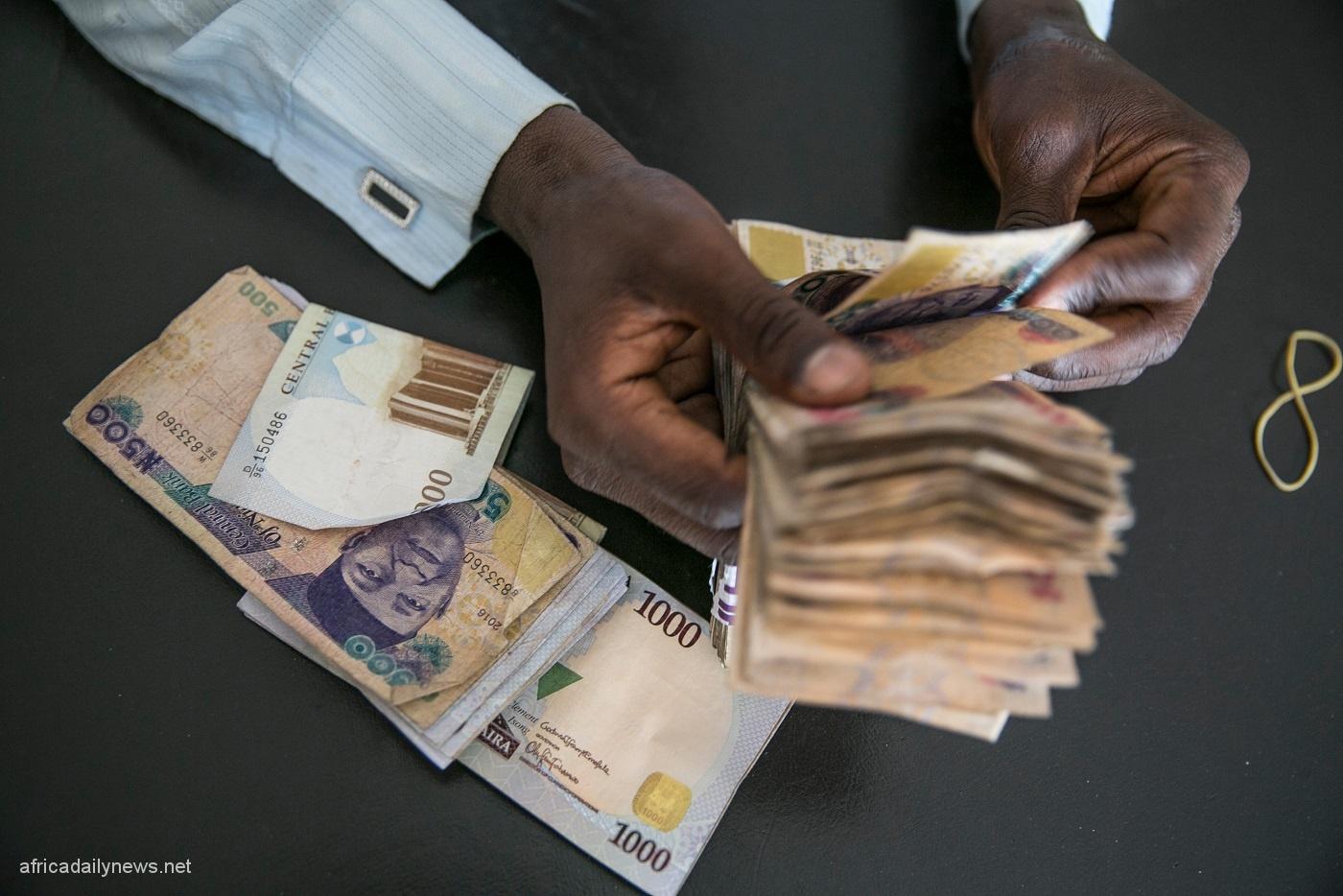The nation’s Deposit Money Banks have made frequent visits to the facilities’ window of the Central Bank of Nigeria (CBN) in the last six months, resulting to ₦12.09 trillion borrowings. Meanwhile, CBN Governor, Godwin Emefiele, would kick off his second term in office tomorrow, having earlier been confimrmed by the National Assembly.
He is now expected to roll out new initiatives and pursue full implementation of ongoing policies in banking supervision and stability; robust microfinancing; price stability through inflation management; sustenance of the unconventional policy to support the ailing economy; and foreign exchange management, among others.
The banks continued to access the CBN’s window, made up of Standing Lending Facility (SLF) for borrowing and Standing Deposit Facility (SDF) for depositing of excess liquidity, was to square up their positions at the end of each business day.
Total request for the Standing Lending Facility (SLF) inclusive of intra-day lending facilities (ILF) that was converted to overnight repo during the first quarter (Q1) of 2019 stood at N8.41 trillion, compared with N3.68 trillion in the preceding quarter.
Read Also: CBN has no multiple exchange rates – Emefiele
The increased borrowing from the apex bank by commercial banks may not have been unconnected with both seasonal expansion goals of businesses and the general elections in the period under review.The increased numbers also reflected banks’ ability to patronise government’s fixed income securities, as well as the private sector’s demand for loan in the period.
Daily average borrowings amounted to N137.81 billion in 61 transaction days, with total interest charges at N5.65 billion, compared with the daily average of N62.33 billion in 59 transaction days, with total interest charges at N2.54 billion at the end of Q4 of 2018.
However, banks deposited N2.92 trillion at the SDF during the first quarter of 2019, with daily average of N47.8 billion, compared with N4.41 trillion, with daily average of N75.99 billion, in the corresponding period of Q4 of 2018.Similarly, the banks’ earnings from SDF in the review quarter amounted to N990 million, compared with N1.59 billion in the preceding quarter.
But a further breakdown of the respective interest charges against each other within the two quarters under review, showed that while CBN collected a total of N8.2 billion, banks on the other hand earned N2.58 billion, resulting to a net off of N5.6 billion in favour of the apex bank.
Meanwhile, the banking sector’s total assets and liabilities stood at N38.41 trillion at the end of February 2019, representing 3.2 per cent increase above the level at of end of December 2018.The financial institutions sourced funds, largely, from foreign liabilities; draw down on reserves; and acquisition of credit from the Central Bank, like the SLF window, which were used, mainly, for payment of demand deposits, and settlement of claims on the apex bank and the Federal Government.
Specifically, banks’ credit to the domestic economy, at the end of February 2019, estimated at N20.93 trillion, showed an increase of 1.3 per cent, compared with the level at the end of December 2018.Total specified liquid assets of the banks, estimated at N13.27 trillion at the end of March 2019, represent 59.5 per cent of the total current liabilities.
At that level, the liquidity ratio is 2.2 percentage points below the level at the end of December 2018, but 29.50 percentage points above the stipulated minimum ratio of 30 per cent.The loans-to-deposit ratio, at 60.04 per cent, was 0.13 percentage point and 19.96 percentage points lower than the level at the end of December 2018 and the prescribed maximum of 80 per cent, respectively.










